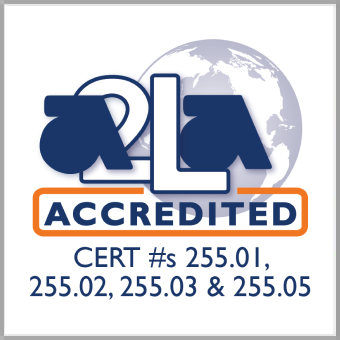ARDL tests all types of windshield wiper blade systems and can supply any make or model test vehicle for your wiper blades.
Testing includes, but is not limited to:
3D FEA Design
ARDL is experienced in the design and analysis of wiper blade structures for optimum distribution of wiping pressure on the windshield surface. ARDL uses state-of-the-art experimental and computational mechanics tools to generate the best designs for our Tier 1 and OEM customers. Computerized product design and development are used to aid in decision making prior to manufacturing.
Coefficient of Friction
The frictional coefficients obtained are used to predict wear, chatter, squeal and energy consumption, as well as to compare various surface treatments.
Durability Testing
Durability testing to 1,500,000 cycles helps define the life prediction of your wiper blade, your wiper blade’s wipe quality and your super structure.
Initial Wipe Grade
To test the initial wipe grade, wiper blades are cycled on a specially constructed wiper test buck. A new glass windshield is used and is painted black on the inside to help enhance the viewing of any surface defects caused by a poor performing wiper blade. The wiper blades are graded on a scale of 1-10:
| Grade | Requirement |
|---|---|
|
10 |
|
|
9 |
|
|
8 |
|
|
7 |
|
|
6 |
|
|
5 |
|
|
4 |
|
|
3 |
|
|
2 |
|
|
1 |
|
Mini DeMattia Testing
The Mini DeMattia flex-life test determines the durability of a component and can be used to measure the change in durability as a function of age. A major benefit of ARDL’s newly developed procedure is the ability to perform the traditional DeMattia test on scaled down samples as thin as 0.020″ that are prepared from new or aged field samples.
Ozone Testing
Ozone testing is done not only to prove a product passes ozone standards but to provide a time line of rubber deterioration and determine if premature rubber cracking will occur.
Permanent Set Testing
Permanent set is the first test a manufactured wiper blade must pass and is the most critical. When sitting on a windshield for an extended period of time, wiper blades can form a permanent set. Wiper blades must have a low permanent set to guarantee proper blade flipping over the life of the blade.
Salt Spray Testing
Salt spray testing is an advanced corrosion test that evaluates the durability of coatings on super structures, fastener/clip integrity, paint and rubber integrity.
Super Structure Testing
Complete wiper blade super structures can be tested at temperatures from -30°F to 120°F. ARDL’s super structure testing can include simulated snow and ice slap testing, specular gloss measuring on surfaces and continuous pressure pattern testing.
If you would like more information on our Wiper Blade testing capabilities, please contact ARDL via email or by phone at (866) 778-ARDL or (330) 794-6600.




